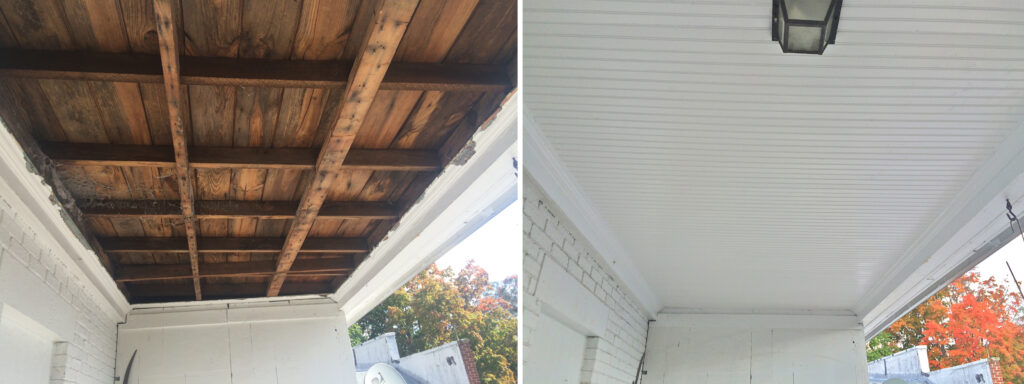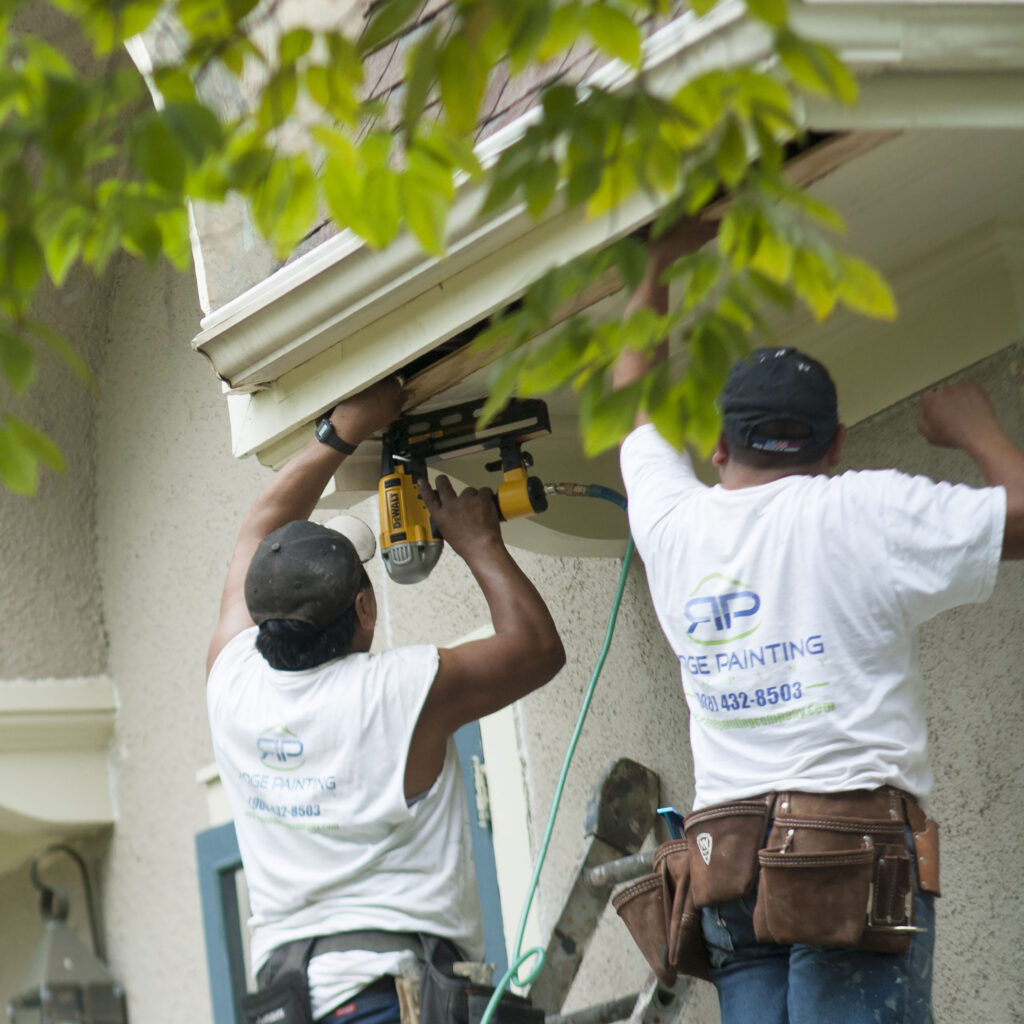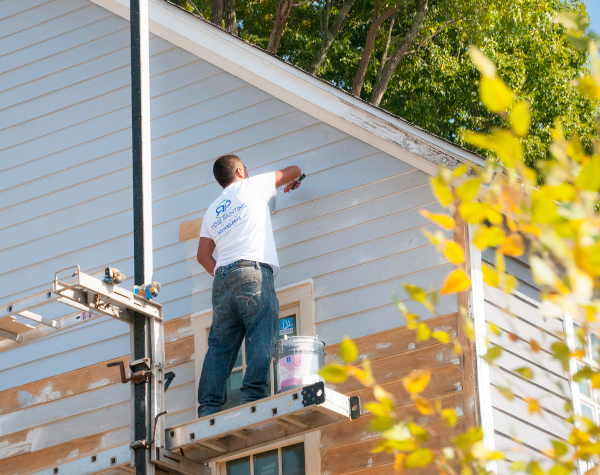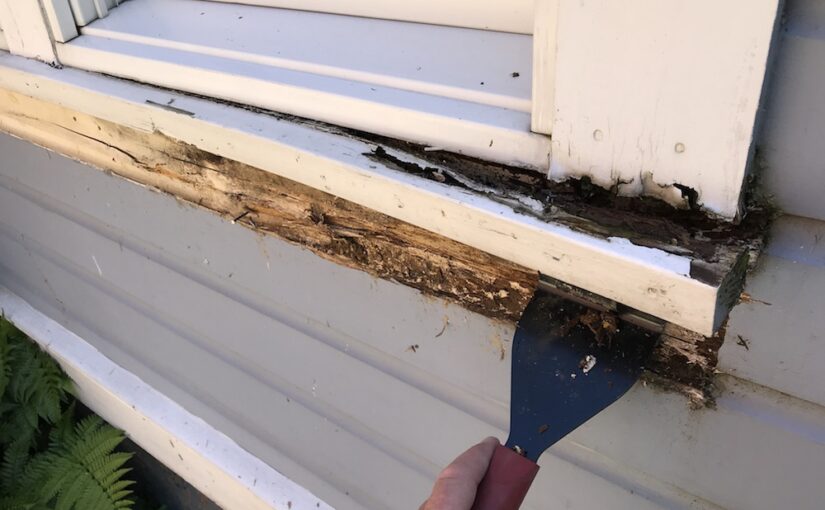The structural integrity and aesthetic appeal of your home largely depend on the condition of its wooden components. Over time, exposure to moisture and other environmental factors can cause wood to rot, compromising not only the appearance of your home but also its safety and durability. Carpentry repair is a crucial maintenance task that homeowners must undertake to preserve their property’s value and integrity. This article outlines the essential steps involved in replacing rotten wood, ensuring that the new installations last and seamlessly integrate with the existing structure.
Inspection and Assessment
The journey to restoring your home begins with a thorough inspection and assessment. Identifying the extent of wood rot is critical in determining the scope of the repair work needed. Common areas prone to wood rot include window sills, door frames, deck boards, and siding. Signs of rotten wood include softness to the touch, discoloration, and a crumbly texture. This initial assessment helps homeowners understand the severity of the decay and plan the replacement process effectively. Utilizing tools like a screwdriver or a moisture meter can aid in identifying less obvious areas of damage, ensuring a comprehensive repair plan.
Removal of Rotten Wood
Once the affected areas have been identified, the next step is the careful removal of rotten wood. This phase requires precision and caution to avoid damaging the surrounding, intact structures. Employing the right tools, such as chisels, saws, and pry bars, is essential in excising the damaged material effectively. The goal is to remove all the decayed wood without compromising the structural integrity of the remaining framework. It’s also an opportune time to investigate the underlying causes of the rot, such as leaks or improper drainage, which should be addressed to prevent future decay.

Treatment of Surrounding Areas
With the rotten wood removed, attention must then be turned to treating the surrounding areas. This preventative step is crucial in halting the spread of decay and protecting the newly installed wood from similar fates. Applying fungicides and sealants to the exposed areas helps create a barrier against moisture and fungal growth. In cases where the rot has affected structural components, consulting with a professional to ensure that the integrity of the structure is not compromised is advisable. This phase solidifies the groundwork for a lasting repair, safeguarding your home against future rot.
Replacement with New Wood
Choosing the right replacement wood is pivotal in the carpentry repair process. The new lumber should not only match the existing wood in terms of type and size but also be treated to resist moisture, insects, and decay. This step requires precise measurements and cuts to ensure the new wood fits perfectly into the space vacated by the rotten material. Proper installation techniques, including the use of appropriate fasteners and adhesives, are critical to secure the new wood in place, ensuring it performs its structural and aesthetic roles effectively.

Priming and Painting
The final step in the carpentry repair process is priming and painting the new installations. Priming is essential as it seals the wood, protecting it from moisture and providing a uniform base for the paint. Choosing a high-quality primer and paint specifically designed for exterior use will further enhance the durability of the wood. Painting not only restores the visual appeal of the area but also adds an additional layer of protection against the elements. Matching the paint color and finish to the existing exterior paint ensures a seamless and attractive result.

Conclusion
Replacing rotten wood is more than a simple DIY project; it’s an investment in the longevity and safety of your home. By following these detailed steps, homeowners can tackle carpentry repair effectively, ensuring that the repairs last and the home remains structurally sound and visually appealing. While the process requires time, effort, and a bit of know-how, the result is a restored home that stands strong against the elements and continues to provide comfort and security for years to come. Remember, the key to successful wood replacement lies in thorough preparation, precise execution, and proper finishing. With careful attention to each step, you can rejuvenate your home, preserving its beauty and integrity.

